
Recognizing Signs of the Most Dang.erous Health Events in Cold Weather: Often Overlooked
Recognizing Signs of the Most Dang.erous Health Events in Cold Weather: Often Overlooked
Doctors warn that during cold seasons, people should never ignore certain fleeting symptoms. Every minute of delay could be life-threatening.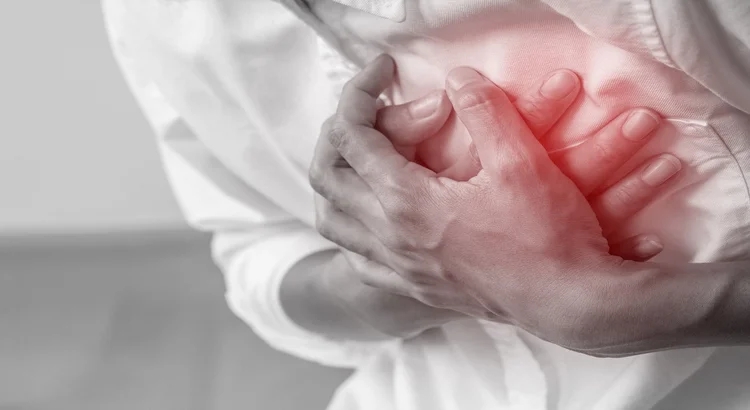
As temperatures drop, cardiovascular, respiratory, and skin allergy conditions tend to increase. Among them, heart attacks are the most dangerous events, often overlooked because symptoms can be subtle or mistaken for common ailments like stomach pain.
Heart Attacks Often Mistaken for Stomach Pain
Dr. Nguyen Huy Hoang, member of the Vietnamese Underwater and Hyperbaric Medicine Association, warns that many patients suffer heart attacks without realizing it, only discovering the issue when arriving at the hospital too late—beyond the golden period for coronary intervention.
Heart attacks are frequently confused with stomach pain, especially after late-night, heavy dinners in cold weather. The key difference lies in the nature of the pain: stomach pain usually feels like burning, gnawing, or accompanied by belching. In contrast, heart attack pain is squeezing, pressing, or heavy in the center of the chest, persistent, not relieved by rest or changes in posture, and may radiate to the jaw, neck, shoulders, or left arm.
Additional symptoms include autonomic nervous system responses such as cold sweats (even in cold weather), shortness of breath, nausea, restlessness, and unexplained anxiety or fear.
“Women and people with diabetes may only show subtle signs, such as extreme fatigue or shortness of breath after climbing a few stairs. Families may mistake it for fatigue or minor illness, but it could actually be an inferior wall heart attack,” Dr. Hoang emphasizes.
During cold weather, Prinzmetal’s coronary spasms also increase. These spasms can occur even at rest, often in the early morning, causing severe chest pain and leading to serious complications.
Golden Rule for Cold Weather Heart Pain
According to Dr. Hoang, any squeezing chest pain lasting more than 20 minutes—especially in cold weather—should be treated as a coronary event until a doctor confirms otherwise.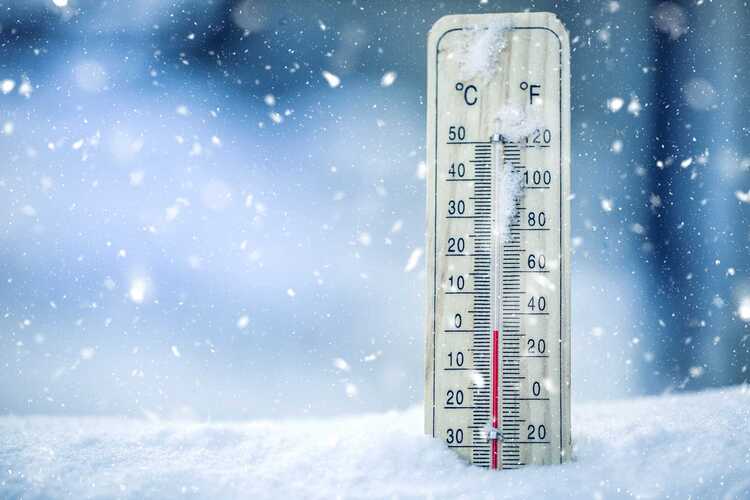
Beware the “Cold Shock”
Northern Vietnam enters the dry, cold period from November to January, followed by the humid “no” season from February to April. Each stage poses its own risks.
Sudden temperature changes are particularly dangerous. Stepping from a warm room into the cold can trigger sudden vasoconstriction, sharply raising blood pressure and potentially causing stroke or heart attack in people with underlying conditions.
“Never ignore fleeting chest pain during cold days. Every minute of delay could cost your life,” Dr. Hoang warns.
Cold-Season Health Recommendations
To protect health in cold weather, Dr. Hoang advises:
-
Keep the body warm, especially the chest and feet.
-
Maintain proper indoor humidity.
-
Drink warm water and rest adequately.
Most importantly, never underestimate chest pain, especially after a late dinner.
“Prevention is important, but recognizing early signs and responding appropriately is the best way to protect yourself,” Dr. Hoang emphasizes.
News in the same category


7 warn.ing signs your body is begging for a detox
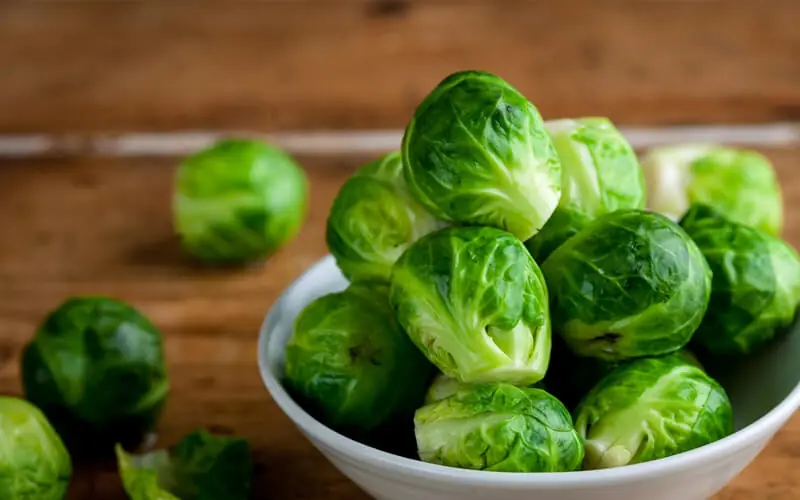
The humble superfood: why cabbage is a hidden hero for people with diabet.es

Science backs it up: 3 fruits that fight fatty liver, regulate sugar and cholesterol

The bedtime drink doctors say can improve your sleep and protect your kid.neys

9 surprising health benefits of black grapes you probably didn’t know

Are seed oils really healthy? Only if you use them like this

9 Habits That Can Dramatic.ally Cut Your Ri.sk of Disea.se

If your mouth feels dry at night, here are 8 reasons why
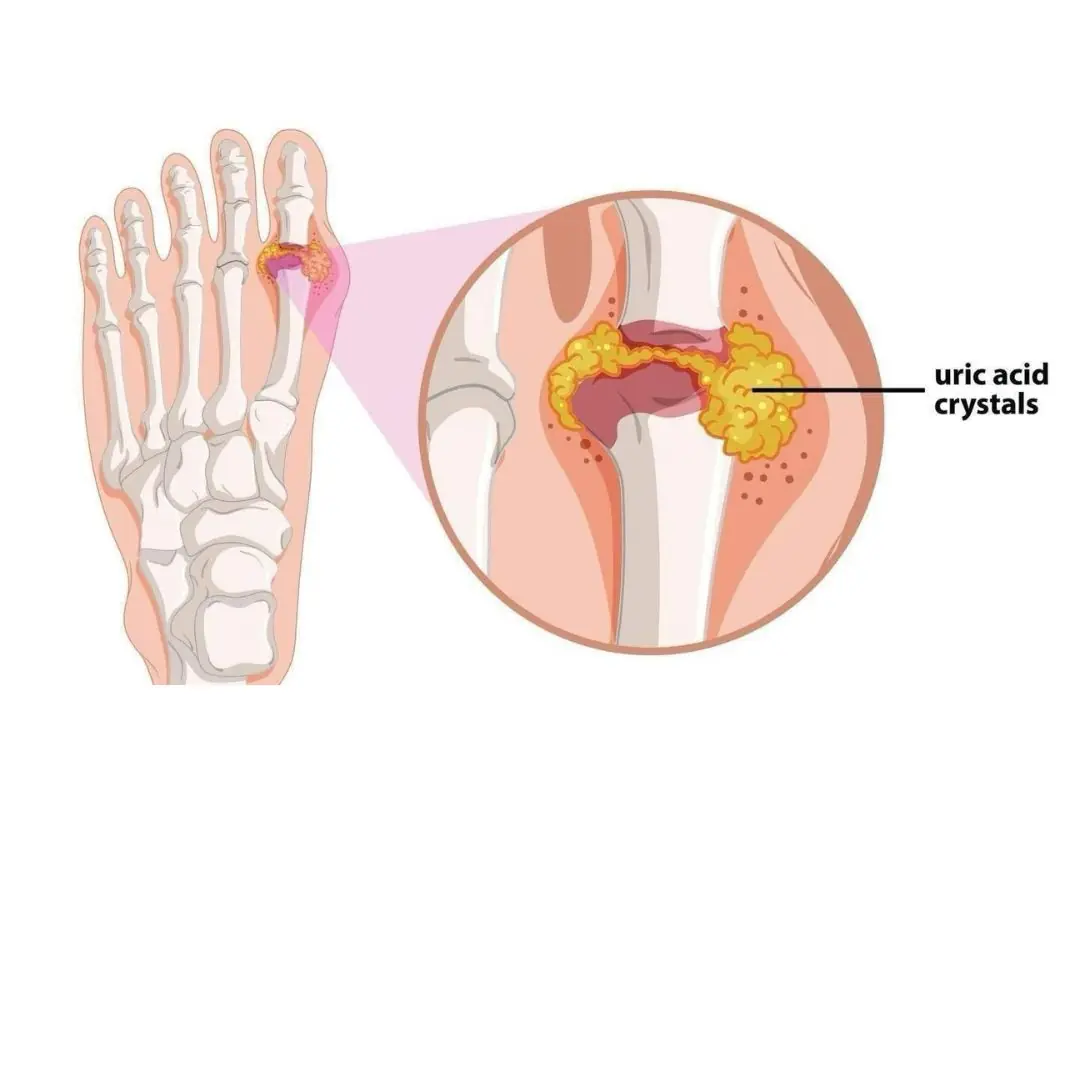
Quick & Easy Ways To Flush Out Uric Acid And Prevent Gout

Don’t Be Fooled by the Sweet Taste – 5 Fruits That Can Send Your Blo.od Fat Levels Out of Control!

5 Early Warning Signs of Kid.ney Failure You Shouldn’t Ignore
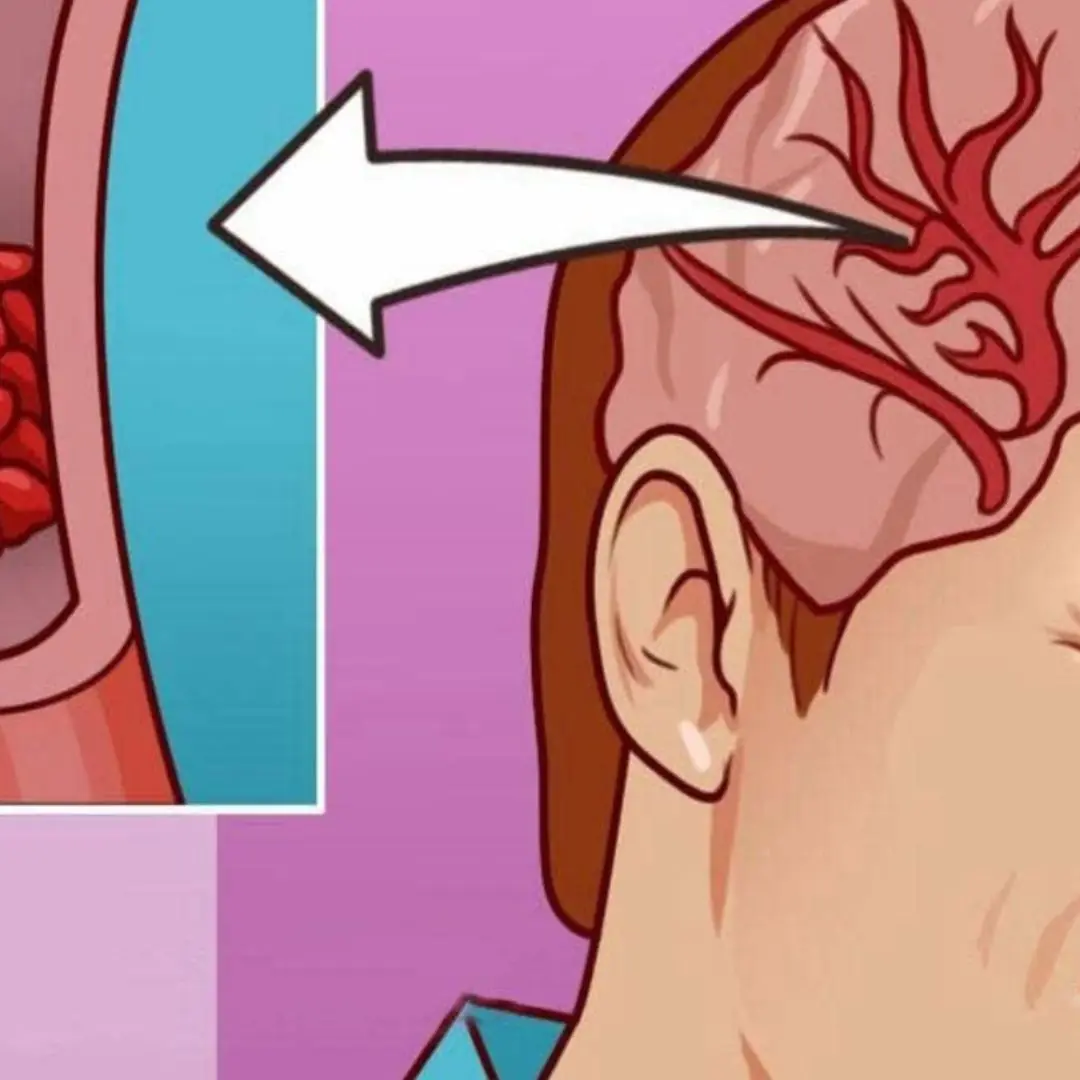
32 Signs You Have a Magnesium Deficiency & 23 Foods You Need to Start Eating Immediately
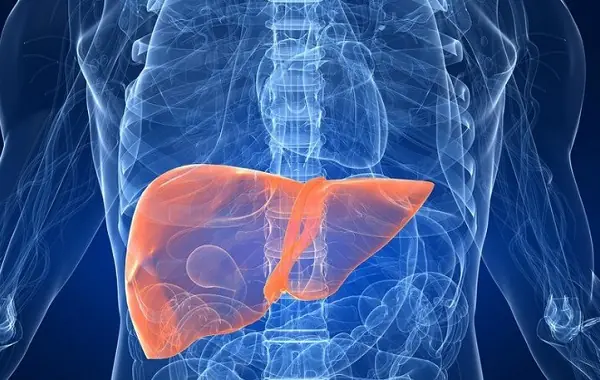
6 Warning Signs Your Li.ver May Be in Trouble

Foods To Eat And Avoid To Help Prevent Can.cer
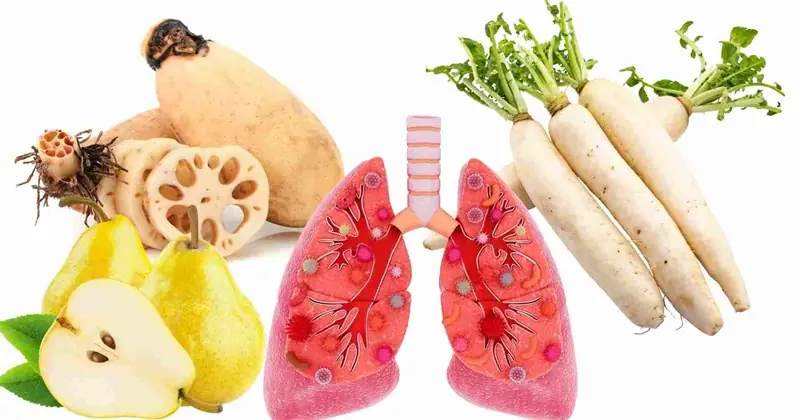
3 White Foods That Naturally Cleanse and Strengthen Your Lu.ngs

Golden Rules For Choosing Vegetables When You Have Liv.er Disea.se
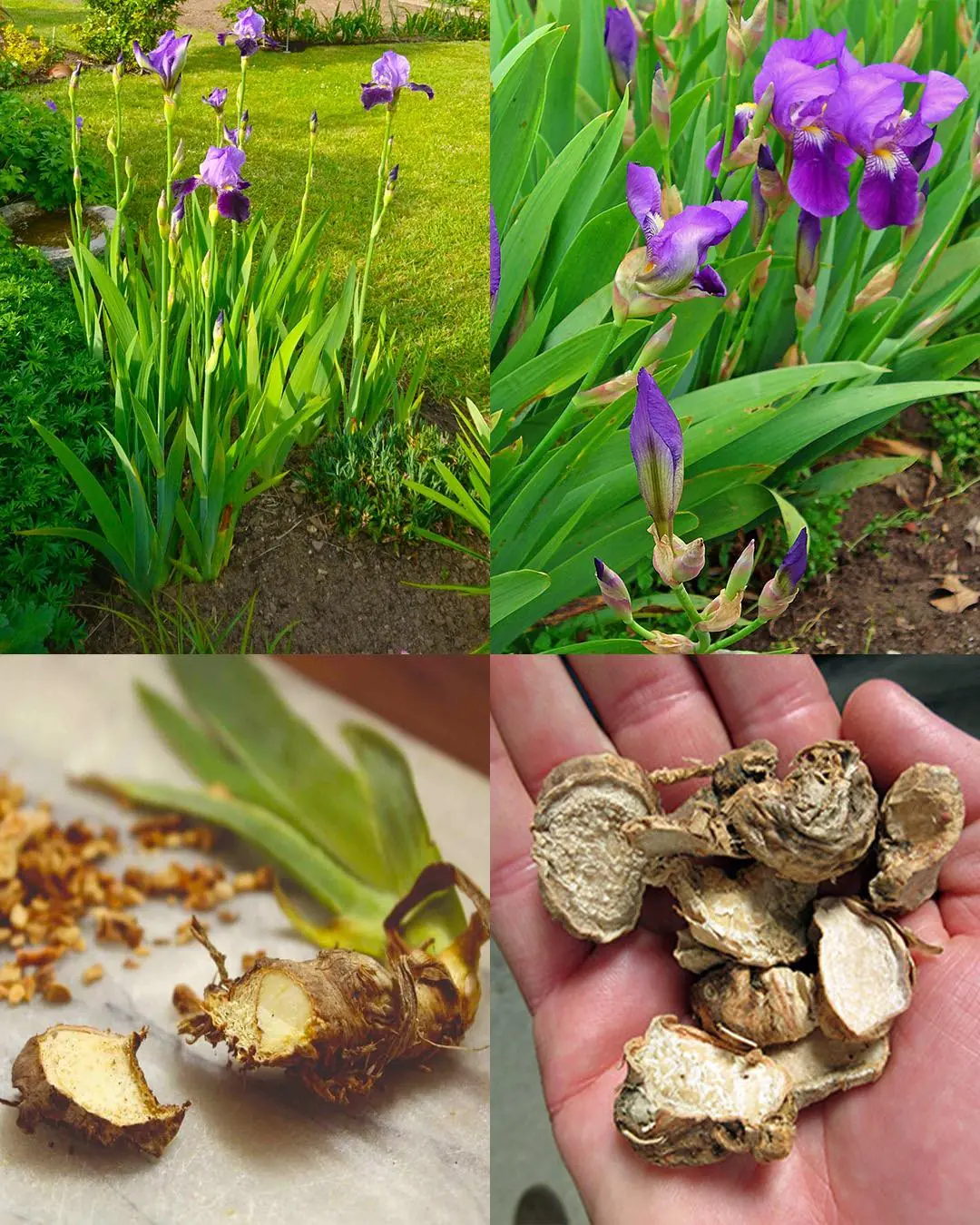
The Secret Strength of Iris Flowers: Timeless Elegance with Remarkable Healing Power

4 Anti-Inflammatory Drinks That Help Control Bloo.d Sugar Naturally
News Post

4 Abdominal Changes That Could Signal a Hidden Tumor

Why You Should Put a Roll of Toilet Paper in Your Fridge

He Asked for a Divorce Again and Again for Months

Most people don't know the meaning of wearing an ankle bracelet

People Shocked to Learn Reason Public Toilet Doors Don’t Touch The Floor

7 warn.ing signs your body is begging for a detox

6 glow-boosting foods that make your skin look younger from the inside out
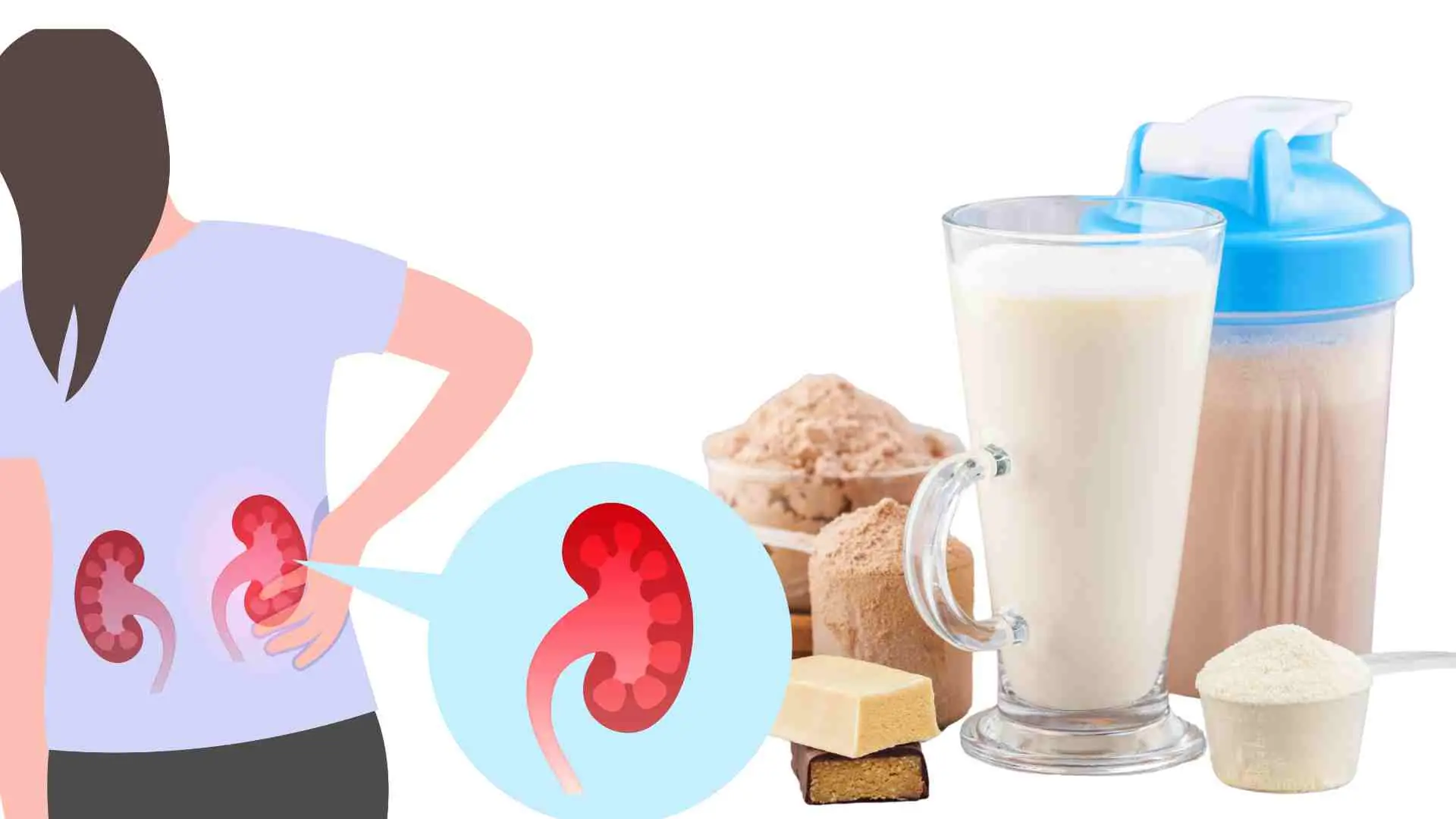
The dark side of protein shakes: Too much protein can silently dam.age your kid.neys

Should you really eat an egg every day? Here’s what science says about cholesterol

7 lifestyle changes that can transform your heart health

The humble superfood: why cabbage is a hidden hero for people with diabet.es

5 powerful drinks that boost your energy better than coffee

Science backs it up: 3 fruits that fight fatty liver, regulate sugar and cholesterol

The bedtime drink doctors say can improve your sleep and protect your kid.neys

9 surprising health benefits of black grapes you probably didn’t know

Are seed oils really healthy? Only if you use them like this

Should you replace cooking oil with coconut oil? The truth might surprise you

9 Habits That Can Dramatic.ally Cut Your Ri.sk of Disea.se
